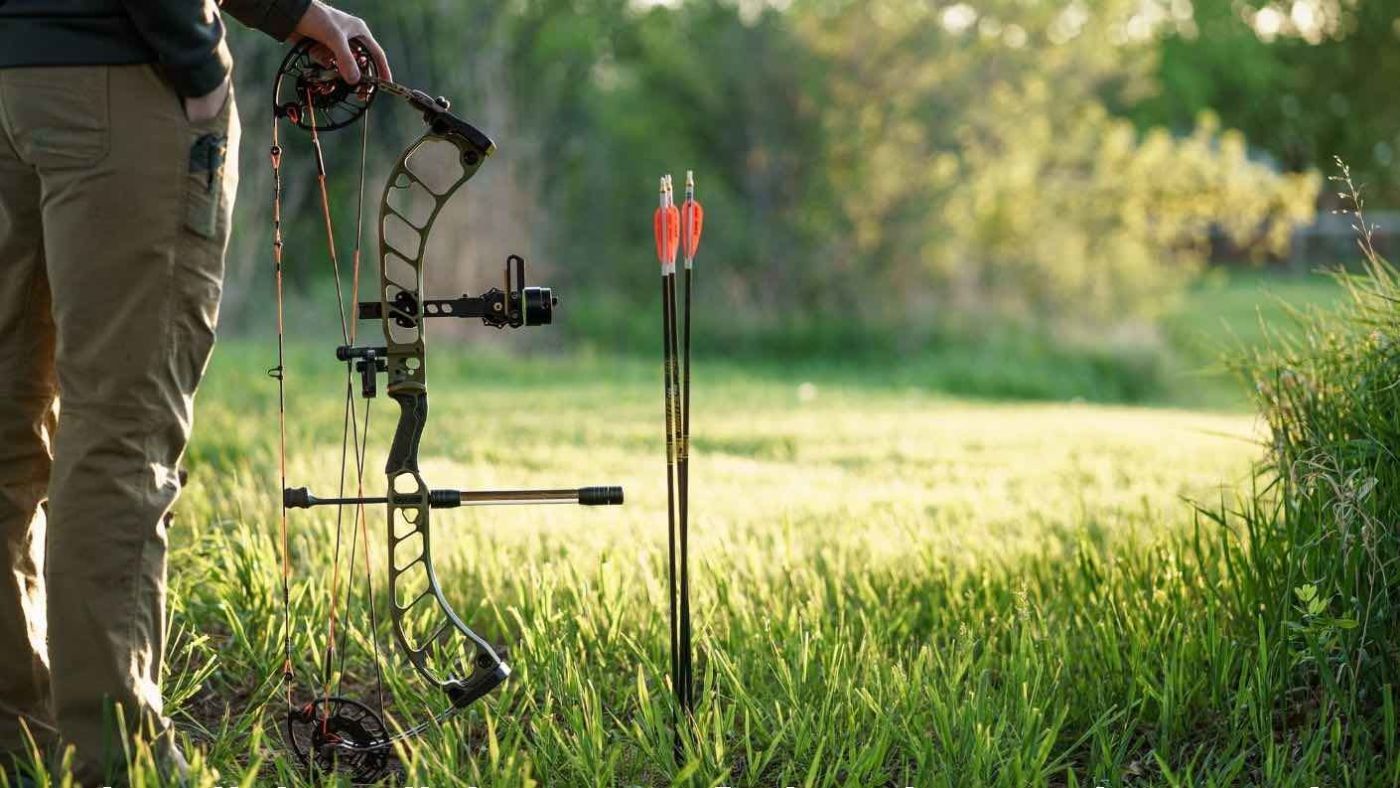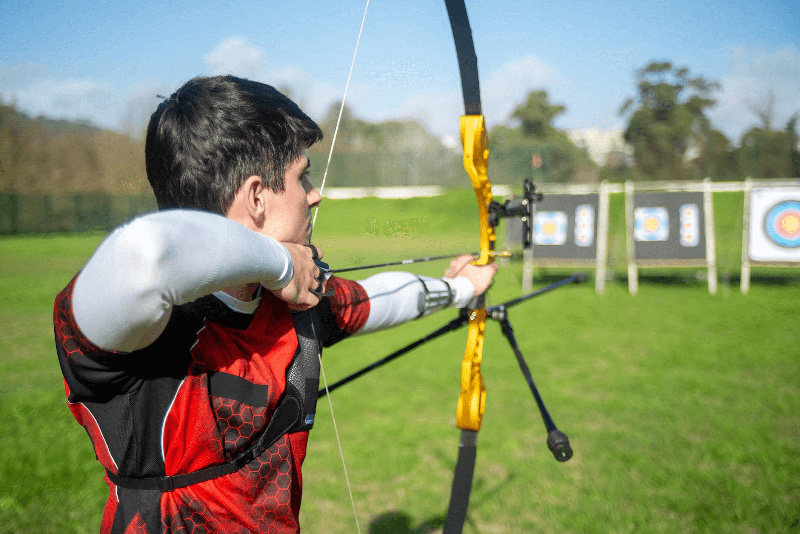Fine-Tune Your Aim: The Science Behind Compound Bow Stabilizers
Fine-Tune Your Aim: The Science Behind Compound Bow Stabilizers
Blog Article
Optimizing Your Archery Efficiency With the Right Substance Bow Stabilizer: a Comprehensive Introduction
One vital yet often-overlooked component in boosting accuracy is the substance bow stabilizer. By comprehending the subtleties of choose and optimizing a compound bow stabilizer, archers can tweak their tools to raise their capturing experience to brand-new levels of efficiency and control.
Significance of Bow Stabilizers in Archery

In addition, bow stabilizers help in balancing the weight distribution of the bow, which can enhance the archer's security while intending and firing. By adding weight to the front of the bow, stabilizers can decrease the amount of torque experienced upon release, causing a smoother and more controlled shot - compound bow stabilizer. This weight distribution likewise assists in holding the bow constant for a longer duration, allowing the archer to aim much more properly
Kinds Of Compound Bow Stabilizers
When taking into consideration the various types of substance bow stabilizers available, it is essential to understand their unique functions and functions to identify the most suitable option for maximizing archery performance. The most usual kinds of substance bow stabilizers include sidebar stabilizers, front stabilizers, and back stabilizers. Back stabilizers, likewise called back stabilizers, are mounted to the back of the bow and assist in reversing the weight of various other devices, resulting in improved stability and consistent intending.
Elements to Take Into Consideration When Choosing
In examining substance bow stabilizers, understanding the unique features and features of each type is vital for making a notified decision on the most suitable option to boost archery performance. When picking a stabilizer, one have to consider the weight of the stabilizer itself. While a heavier stabilizer can offer even more security by lowering the bow's activity, it might additionally trigger tiredness during long shooting sessions. Balance is one more important aspect to ponder. The stabilizer's length and layout substantially influence the bow's equilibrium, impacting the shooter's ability to hold steady purpose. Additionally, the product of the stabilizer can affect its effectiveness. Carbon fiber stabilizers are light-weight and absorb resonances well, enhancing accuracy. The number and adjustability of dampeners on the stabilizer can tweak its efficiency by minimizing sound and shock upon launch. By carefully examining these aspects, archers can choose a compound bow stabilizer that aligns with their shooting design and optimizes their overall performance on the archery array.
Installation and Adjustment Tips
For optimal performance and accuracy in archery, grasping the installation and change of your bow stabilizer is essential. Appropriate installment begins with connecting the stabilizer to the bow's riser, ensuring it is securely secured.
When adjusting the stabilizer, begin with small incremental adjustments as opposed to extreme adjustments. This why not look here allows you to evaluate the influence of each modification accurately. Focus on how the bow reacts to modifications in stabilizer setups and make modifications as necessary. Bear in mind that the objective is to find a setup that decreases hand torque, decreases resonance, and improves precision. Frequently inspect the stabilizer's rigidity and general condition to ensure it continues to function efficiently. By mastering the installation and adjustment process, you can maximize your archery efficiency and boost your shooting experience.
Upkeep and Treatment Guidelines

It is additionally necessary to store your bow with the stabilizer in a risk-free and safe area when not in use. Avoid leaving it in extreme temperature levels or exposed to direct sunlight for prolonged durations, as this might trigger damages to the stabilizer. Occasionally examine the stabilizer's placement to ensure it is still correctly placed on your bow. Complying with these upkeep and care guidelines will certainly aid you obtain one of the most out of your bow stabilizer and enhance your general archery efficiency.
Conclusion
Finally, picking the right compound bow stabilizer is essential for optimizing archery efficiency. Recognizing the value, types, variables to take into consideration, installation and change tips, this content as well as upkeep and treatment guidelines can significantly influence one's accuracy and uniformity in capturing. By selecting a stabilizer that fits specific demands and preferences, archers can improve their general performance and attain far better results on the range or in competition.
Bow stabilizers play an essential duty in improving an archer's accuracy and consistency by minimizing vibrations and supporting the bow during the release of an arrow - compound bow stabilizer.Furthermore, bow stabilizers assist in stabilizing the weight distribution of the bow, which can boost the archer's security while web link firing and aiming. The most typical types of substance bow stabilizers consist of sidebar stabilizers, front stabilizers, and back stabilizers. Back stabilizers, also called rear stabilizers, are placed to the back of the bow and aid in counteracting the weight of various other devices, resulting in enhanced stability and stable intending. When choosing a stabilizer, one need to think about the weight of the stabilizer itself
Report this page